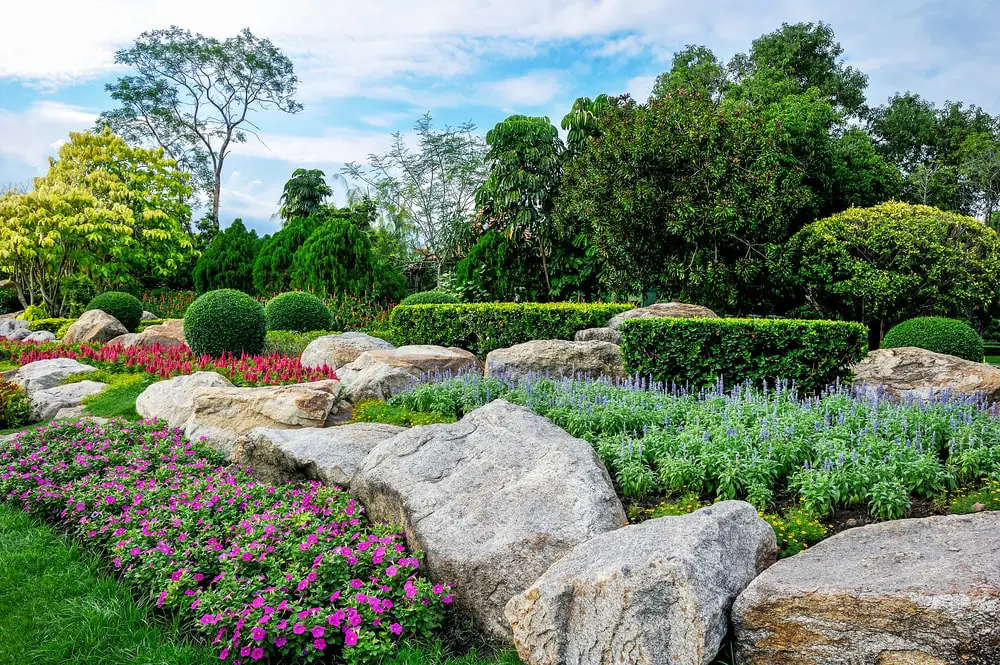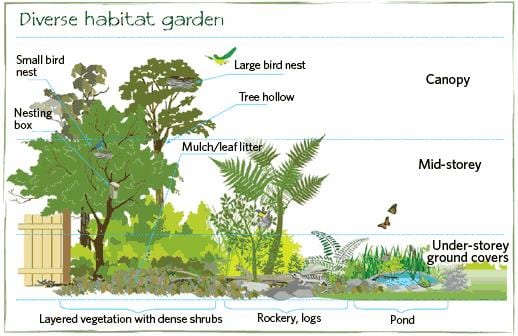An Unbiased View of Hilton Head Landscapes
An Unbiased View of Hilton Head Landscapes
Blog Article
Everything about Hilton Head Landscapes
Table of ContentsAbout Hilton Head Landscapes3 Easy Facts About Hilton Head Landscapes ExplainedHilton Head Landscapes Can Be Fun For EveryoneHilton Head Landscapes - TruthsThe Single Strategy To Use For Hilton Head LandscapesThe Of Hilton Head LandscapesIndicators on Hilton Head Landscapes You Should Know
Line produces all kinds and patterns and can be made use of in a selection of ways in the landscape. Line in the landscape is produced by the edge between 2 materials, the outline or silhouette of a form, or a lengthy straight function. Lines are a powerful device for the developer because they can be utilized to develop an infinite variety of forms and forms, and they manage activity of the eye and the body.

Lines can have several features, such as those described below, but they typically serve various purposes. Number 1. Lines in the landscape - Landscaping bluffton sc. The homes of lines determine how individuals react to the landscape, both mentally and literally. Straight lines are structural and forceful; they create an official character, are usually connected with a symmetrical layout, and lead the eye directly to a focal point.
The Single Strategy To Use For Hilton Head Landscapes
Straight lines are most usually found in hardscape edges and material. Rounded lines create a casual, all-natural, kicked back personality that is connected much more with nature and unbalanced equilibrium. Bent lines relocate the eye at a slower pace and add secret to the room by producing hidden views. Vertical lines move the eye up, making an area feel larger.
Vertical lines in the landscape include tall, narrow plant material, such as trees, or tall structures, such as an arbor or a bird residence on a post. Straight lines move the eye along the ground airplane and can make an area really feel bigger. Low lines are extra controlled and produce a feeling of rest or repose.
About Hilton Head Landscapes
Lines are also developed by the upright types of developed features and plant product. There are three key line kinds that create type in the landscape: bedlines, hardscape lines, and plant lines.
Bedlines link plant product to your home and hardscape since the eye complies with the line, relocating the gaze via the landscape. Hardscape lines are produced by the side of the hardscape, which defines the built structure. Line can likewise be developed by lengthy and narrow products, such as a fence or wall surface.
The Of Hilton Head Landscapes
Type is located in both hardscape and plants, and it is normally the leading visual aspect that spatially arranges the landscape and typically figures out the design of the yard. The form of structures, plant beds, and garden ornaments likewise establishes the total type style of the yard. Official, geometric kinds consist of circles, squares, and polygons.
Plants develop kind in the yard via their outlines or silhouettes, but kind can also be defined by a void or negative space in between plants - landscaping hilton head sc (https://www.ted.com/profiles/47214730). Circles can be complete circles, or they can be separated into fifty percent circles or circle segments and integrated with lines to produce arcs and tangents
How Hilton Head Landscapes can Save You Time, Stress, and Money.
Circles can also be extended right into ovals and ellipses for even more range and rate of interest. Circles are a strong style kind because the eye is always drawn to the facility, which can be made use of to highlight a focal point or attach other types. Number 2. Round forms in hardscape and lawn panels.
The square kind can also be segmented and previously owned consistently to develop a grid pattern. Unlike circles, squares are more powerful on the edges, which can be lined up or overlapped to produce distinct patterns and more complicated forms.
Meandering lines usually simulate the natural course of rivers or streams and can be described as smooth lines with deeply bent undulations. Twisting lines (Figure 3) function well for pathways, plant bedlines, and completely dry stream beds. Twisting important source lines can add interest and secret to a yard by leading viewers around edges to uncover brand-new sights and areas.
Getting My Hilton Head Landscapes To Work

Typical plant kinds are well established and standard, as form is the most constant and identifiable attribute of plants. Kind can likewise be developed through the massing of plants, where the total mass develops a various type than a private plant.
A highly contrasting kind needs to be utilized with careone or 2 work well as a prime focus, however a lot of create chaos. All-natural plant types, rather than over-trimmed kinds, need to establish the bulk of the composition. The relevance of total kind is essentially based on the checking out perspectivethe form of a tree can show up rather different to an individual standing under the canopy versus viewing the tree from a range in an open field.
More About Hilton Head Landscapes
Plant forms also develop and define deep space or open areas in between the plants, creating either convex or concave types in the voids. High-arching tree branches normally create a concave open area under the branches, and a rounded canopy with reduced branches loads the space to create a convex type outdoors space under the tree.

Report this page